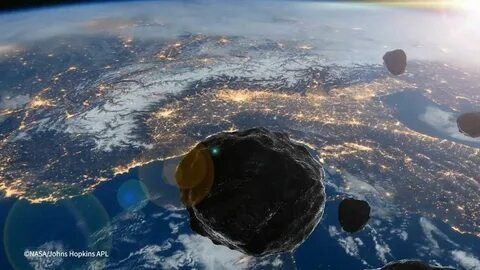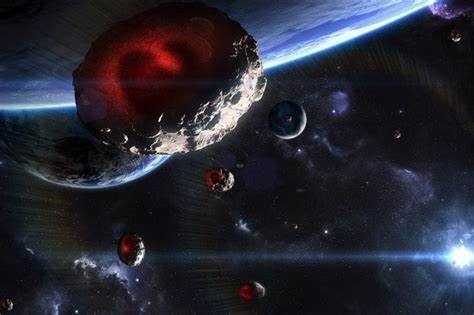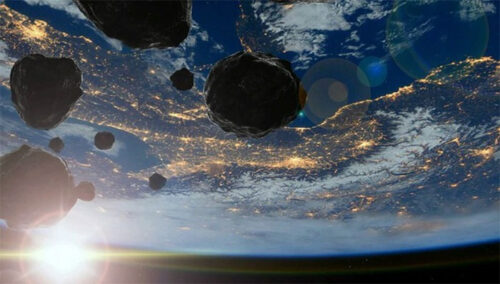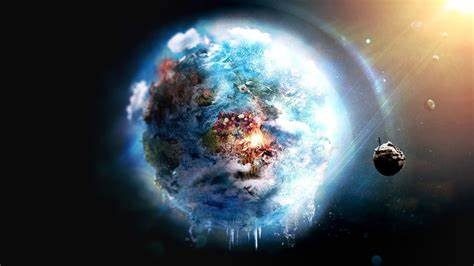
The mysterious fragments unearthed from the Desert Formation of the renowned Pilbara Craton in Western Australia have provided scientists with important insights into the primordial planet.
Although the discovery has yet to be officially published in a scientific journal, it was presented at the 54th Lunar and Planetary Science Conference, where an international team of scientists from Australia, New Zealand, Austria, and Argentina revealed that these debris are the remnants of the oldest asteroid known to have struck Earth.
Unraveling Earth’s Ancient Past

The fragments were extracted from a volcanic rock group in the pristine remnants of the Pilbara Craton, offering a glimpse into Earth’s history billions of years ago.
Dating back 3.48 billion years, these debris are approximately 10 million years older than any previously discovered asteroid remnants.
Through chemical analysis, the team determined that these fragments originated from beyond our planet, as they exhibited significantly higher concentrations of platinum group elements compared to Earth rocks.
Additionally, the presence of special minerals exclusively found in meteorites further supported their extraterrestrial origin.
Distinctive Characteristics

Notably, the debris showcased an intriguing spherical or teardrop shape, which aligns with the commonly observed “collision spheres” associated with meteorite impacts on Earth.
Such evidence of ancient meteorite impacts is often challenging to find due to plate tectonics and continuous erosion, which tend to uproot the planet’s landmasses.
However, the Pilbara Craton, an ancient foundation preserved for billions of years, has offered a remarkable window into our planet’s past.
Revealing Earth’s Hidden History
The discovery of these ancient alien visitors holds immense scientific value.
By studying these fragments, researchers can gain valuable insights into Earth’s geological and biological evolution.
This information can shed light on how our planet “grew” and evolved over time, potentially supporting theories suggesting that life on Earth was seeded by asteroids and comets.

Understanding the role of extraterrestrial influences in shaping Earth’s history contributes to our knowledge of the origins of life and the intricate processes that have shaped our planet.
The unearthing of the 3.48 billion-year-old debris from the Pilbara Craton in Western Australia marks a significant milestone in our understanding of Earth’s ancient past.
These fragments, believed to be remnants of the oldest asteroid known to have impacted Earth, provide valuable insights into the extraterrestrial influences that have shaped our planet.
As scientific research continues, the study of these fragments will undoubtedly uncover further clues about the formation of Earth, its geological history, and the potential for life beyond our planet.
